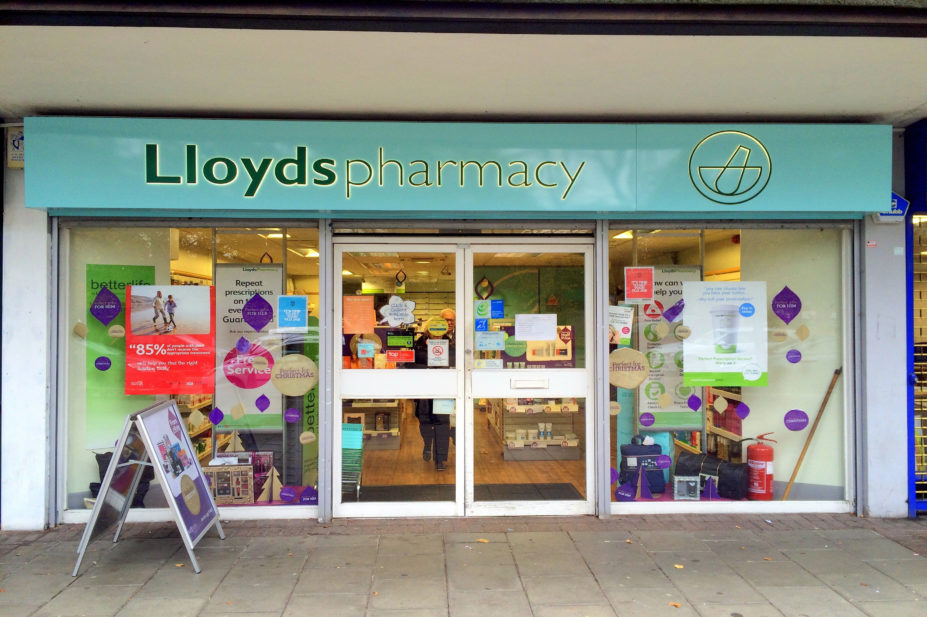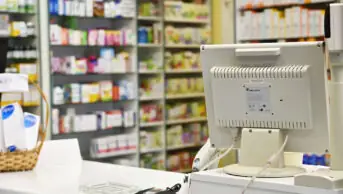
Shutterstock.com
LloydsPharmacy’s male employees continue to earn more than their female colleagues as the company’s gender pay gap saw an increase of 2.5 percentage points in 2018 compared to 2017.
According to its latest pay gap report published on 4 April 2019, male staff at LloydsPharmacy were earning, on average, 26.1% more than their female counterparts in April 2018 — an increase of 2.5 percentage points on 2017, when the mean gender pay gap equated to 23.6%.
However, when looking at the figures solely for pharmacy-based staff, the organisation said its median gender pay gap was “minimal at –1.7%”, but a reduction on the 2017 median gap of –2.0%.
Commenting further on the gender pay gap for pharmacy-based staff only, Jane Davies, human resources director at LloydsPharmacy’s parent company McKesson UK, said: “The 26.7% (median) bonus [pay] gap for LloydsPharmacy colleagues is an improvement on [2017’s] figure of 35.1%, so we have significantly reduced the median bonus gap.”
But, she added, “both the mean pay gap and bonus gap for our colleagues have widened slightly, increasing to 20.2% (from 16.7% previously) and 52.8% (from 50.4% previously)”.
Davies said that the organisation was committed to building and improving diversity, encouraging flexible working and ensuring all colleagues can achieve their career ambitions regardless of their gender. “The exceptional expertise, excellence and dedication of our people are what sets us apart as a company and we are committed to ensuring our colleagues are paid fairly for what they do,” she said.
The report results come over a year after LloydsPharmacy revealed in March 2018 that its gender pay gap was 31% in 2017 — the largest mean pay and bonus gap of all the high street pharmacy chains at the time.
However, in its most recent report, parent company McKesson UK — previously Celesio UK — explained that a calculation error had led to a higher gender pay gap being reported for both the mean and median figures than was the case in reality.
The report said that in the calculations “the difference between the male and female averages were divided by the female figures rather than the male figures”, leading to an inaccurate pay gap percentage.
Gender pay gap figures from Boots revealed that, as of April 2018, the organisation had reduced its gender pay gap by 1.5%, with male employees earning 19.5% more on average and 65.7% more in bonuses, compared to 21% and 81%, respectively, in 2017.
Seb James, senior vice president and managing director of Boots UK, said: “This gender pay gap report is more than a government requirement. It is an opportunity for us to keep moving forward, taking steps to help everyone reach their true value and potential.”
In its report, Boots highlighted the action the organisation had taken so far to encourage and support female colleagues across the organisation, including gender listening groups, flexible working policies and unconscious bias training.
Boots added that it plans to launch an equality business resource group; improve maternity support; and carry out research into gendered jobs.
Christine Heading, an academic pharmacist and executive committee member of the National Association of Women Pharmacists, said that, in order to make improvements and narrow the gender pay gap, organisations needed to draw up strategies at board level, to ensure that they maximise the potential of their female employees.

Source: Courtesy of Christine Heading
Christine Heading from the National Association of Women Pharmacists. says organisations needed to draw up strategies at board level to ensure that they maximise the potential of their female employees
“Examples of actions that improve matters include: part-time work being paid pro rata compared to full time; years of employment being counted as years on the payroll and not adjusted for hours worked per week; and a mandatory requirement within the organisation to check whether job specifications could be drawn up to accommodate part-time, flexible or job-share working,” she said.
“Pharmacy does have many unique difficulties arising from the nature of the work, but at a time when so much is changing, rather than push the gender issue to the back of the queue, this could be an opportunity to modernise employment strategies.”
The Royal Pharmaceutical Society (RPS) has also published its gender pay gap data and reported that, as of 5 April 2018, the mean difference in pay between men and women was 14.8% in favour of men.
Helen Gray, head of people at the RPS, previously told The Pharmaceutical Journal
that although the gap was “below the national average” there was still “work to be done”.
She explained that the largest difference in gender pay is seen in the lowest-paid quartile, where there is a comparatively greater proportion of female staff.
Gray also said the organisation was reviewing its procedures regarding pay reviews.
“We have heard from our employees that women are more reluctant to ask for a pay rise, so we are reviewing our procedures to make the process of requesting a pay review standard across the board,” she said.
According to Gray, the RPS will be publishing its 2019 figures in May 2019.
- This article was amended on 23 April 2019 to reflect that the gender pay gap for LloydsPharmacy increased by 2.5 percentage points rather than 2.5%.



